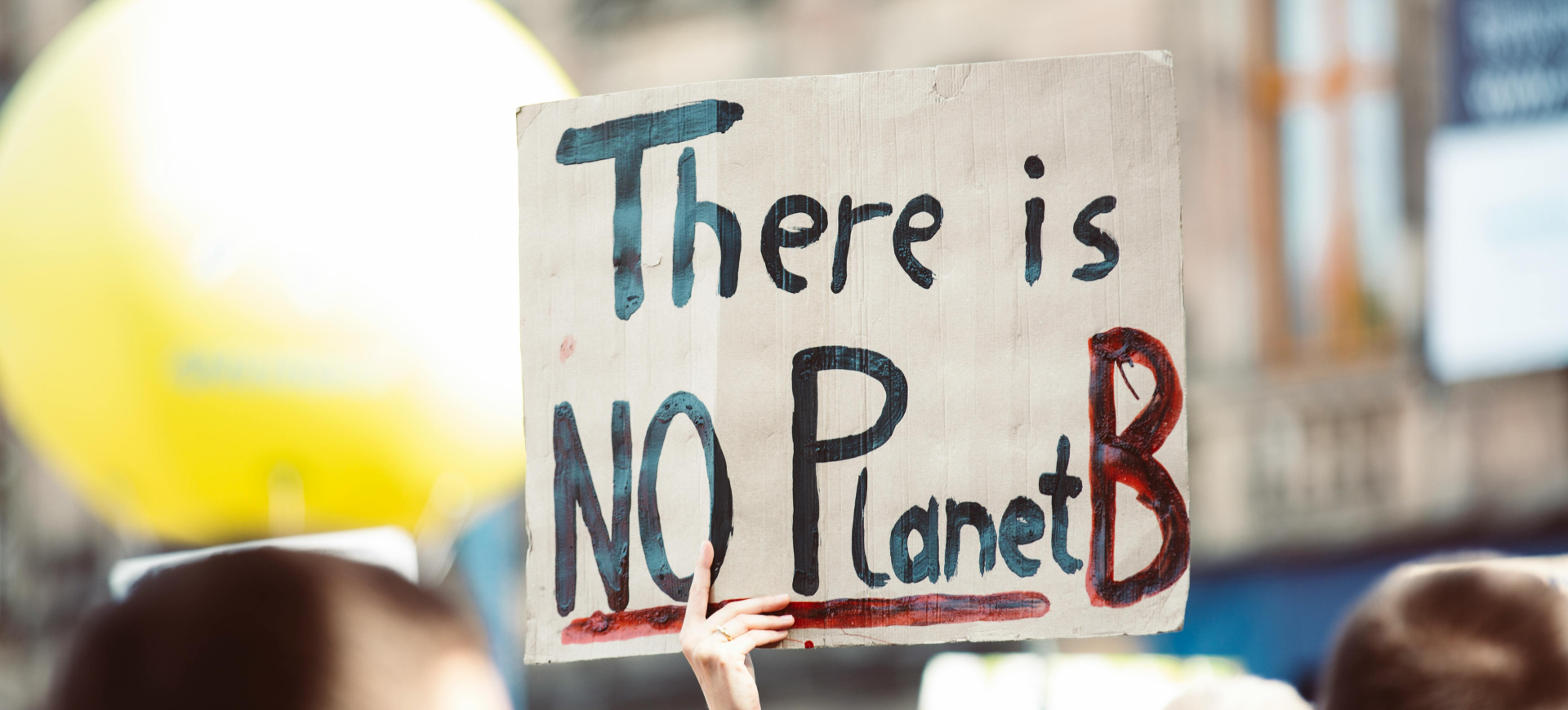Bridging the gap between ambition and action
As the race to cap global temperature increases at 1.5°C above pre-industrial levels intensifies, mobilising substantial climate finance is urgent – particularly for the world’s most vulnerable communities on the front lines of the climate crisis.
Financing a just transition, by empowering the most vulnerable to build climate-resilient communities, is imperative. As Mia Mottley, prime minister of Barbados, warned at the United Nations General Assembly in September 2024, “We have a date with destiny against 1.5 degrees”.
Estimates by the London School of Economics and the Grantham Research Institute on Climate Change and the Environment suggest that the transition to a low-carbon energy future for emerging economies (excluding China) will require total annual investments of $1 trillion by 2025 and $2.4 trillion by 2030.
Critical considerations
Achieving a just transition is complex. It requires a comprehensive approach that balances social, economic and environmental considerations. The equitable distribution of financial resources must ensure that targeted investments reach the most vulnerable and marginalised groups affected by the devastating impacts of a changing climate. Funding mechanisms including concessional loans, grants and loan guarantees must be accessible and affordable. Investments in green energy, renewables, energy efficiency and sustainable agriculture are needed to create green jobs and economic diversification. Reskilling requires providing appropriate training programmes for workers transitioning from carbon-intensive industries to emerging green sectors. Prioritising gender and social equity is critical, ensuring that women, youth, Indigenous populations and marginalised communities all have equitable access to climate related decision-making as well as financial resources. Policy frameworks that encourage private sector investments in low-carbon, climate-resilient infrastructure must underpin this process. The challenge is daunting. Innovative funding mechanisms are key to bridging the growing climate finance gap. Leveraging private sector investments, exploring blended finance options and enhancing the role of multilateral development banks can help. A central challenge is ensuring that finance is distributed equitably, particularly in the world’s most vulnerable communities where adaptation, loss and damage are top priorities.
Climate finance, emphasising the urgent need to mobilise public and private financing from all sources, has emerged at the forefront of the agenda of the meeting of the 29th Conference of the Parties to the United Nations Framework Convention on Climate Change in Baku in November 2024. Leaders there will focus on three key climate finance objectives, as global climate challenges escalate.
The first objective calls for an agreement on the new collective quantified goal on climate finance, ensuring ambitious and deliverable commitments with clear rules to define who will contribute, for what purpose, over what timeframe and how progress will be monitored. The second objective is to move for ward on monitoring and evaluating critical areas where more climate investment is needed to address emissions reductions and adaptation outcomes.
The Baku Global Climate Transparency Platform, launched in September 2024, is crucial for establishing robust indicators, tracking progress and ensuring accountability on climate finance commitments.
The third objective is to raise $1 billion in annual contributions for the Climate Finance Action Fund, introduced by Azerbaijan in July 2024. Those will come from fossil fuel– producing companies and countries producing oil, gas and coal, to capitalise the CFAF either through annual fixed sum contributions or based on their volume of production.
Overcoming the obstacles
But significant challenges remain in scaling up climate finance to the required levels. A complex and fragmented climate funding architecture makes it difficult for emerging markets and developing countries to access mitigation and adaptation climate finance. Public resources for climate investments in EMDCs are often limited due to high borrowing costs and debt burdens. Moreover, a lack of institutional capacity and technical expertise hinders the development of robust adaptation and mitigation strategies.
From an investment perspective, climate projects often struggle to generate sufficient financial returns, diminishing their appeal to profit-driven investors. Payback periods can span decades on small-scale and localised climate initiatives, making
Prospects for COP29
As the host of COP29, Azerbaijan has the potential to lead on climate action by example, having pledged to reduce emissions by 40% by 2050 and increase renewable capacity to 30% by 2030. Unlocking the transformative finance action needed to support vulnerable communities in the climate fight, while prioritising women, youth and Indigenous peoples, is key. With strong leadership, inclusive dialogue and a shared commitment to ensuring a just transition, COP29 can mark a turning point in the global response to climate change, with climate finance serving as a powerful tool to drive progress and ensure a just, equitable and sustainable transition.












